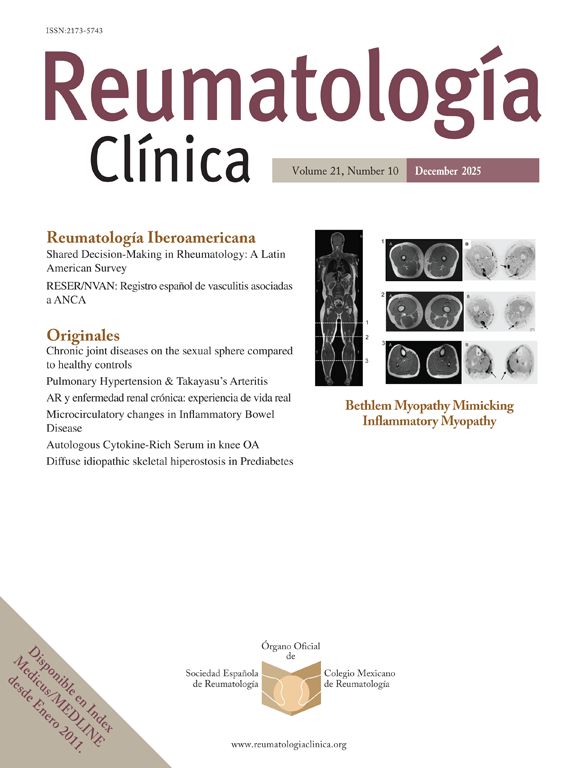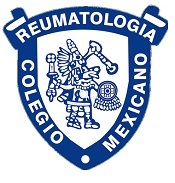was read the article
| Year/Month | Html | Total | |
|---|---|---|---|
| 2025 12 | 148 | 89 | 237 |
| 2025 11 | 165 | 52 | 217 |
| 2025 10 | 7 | 38 | 45 |
| 2025 9 | 0 | 38 | 38 |
| 2025 8 | 0 | 59 | 59 |
| 2025 7 | 0 | 45 | 45 |
| 2025 6 | 2 | 35 | 37 |
| 2025 5 | 87 | 39 | 126 |
| 2025 4 | 74 | 25 | 99 |
| 2025 3 | 58 | 26 | 84 |
| 2025 2 | 59 | 32 | 91 |
| 2025 1 | 35 | 31 | 66 |
| 2024 12 | 49 | 28 | 77 |
| 2024 11 | 50 | 57 | 107 |
| 2024 10 | 28 | 21 | 49 |
| 2024 9 | 31 | 11 | 42 |
| 2024 8 | 49 | 25 | 74 |
| 2024 7 | 33 | 21 | 54 |
| 2024 6 | 37 | 26 | 63 |
| 2024 5 | 48 | 26 | 74 |
| 2024 4 | 35 | 20 | 55 |
| 2024 3 | 33 | 27 | 60 |
| 2024 2 | 36 | 30 | 66 |
| 2024 1 | 27 | 23 | 50 |
| 2023 12 | 27 | 27 | 54 |
| 2023 11 | 40 | 28 | 68 |
| 2023 10 | 36 | 24 | 60 |
| 2023 9 | 88 | 37 | 125 |
| 2023 8 | 41 | 20 | 61 |
| 2023 7 | 28 | 25 | 53 |
| 2023 6 | 33 | 25 | 58 |
| 2023 5 | 27 | 20 | 47 |
| 2023 4 | 16 | 8 | 24 |
| 2023 3 | 33 | 21 | 54 |
| 2023 2 | 26 | 21 | 47 |
| 2023 1 | 32 | 6 | 38 |
| 2022 12 | 39 | 29 | 68 |
| 2022 11 | 40 | 27 | 67 |
| 2022 10 | 35 | 32 | 67 |
| 2022 9 | 29 | 24 | 53 |
| 2022 8 | 37 | 32 | 69 |
| 2022 7 | 29 | 37 | 66 |
| 2022 6 | 28 | 23 | 51 |
| 2022 5 | 26 | 40 | 66 |
| 2022 4 | 28 | 30 | 58 |
| 2022 3 | 32 | 48 | 80 |
| 2022 2 | 30 | 35 | 65 |
| 2022 1 | 29 | 31 | 60 |
| 2021 12 | 36 | 36 | 72 |
| 2021 11 | 25 | 36 | 61 |
| 2021 10 | 38 | 53 | 91 |
| 2021 9 | 31 | 38 | 69 |
| 2021 8 | 18 | 30 | 48 |
| 2021 7 | 25 | 22 | 47 |
| 2021 6 | 31 | 23 | 54 |
| 2021 5 | 35 | 43 | 78 |
| 2021 4 | 102 | 99 | 201 |
| 2021 3 | 45 | 22 | 67 |
| 2021 2 | 38 | 10 | 48 |
| 2021 1 | 35 | 18 | 53 |
| 2020 12 | 24 | 19 | 43 |
| 2020 11 | 26 | 19 | 45 |
| 2020 10 | 21 | 19 | 40 |
| 2020 9 | 25 | 17 | 42 |
| 2020 8 | 38 | 16 | 54 |
| 2020 7 | 41 | 21 | 62 |
| 2020 6 | 21 | 14 | 35 |
| 2020 5 | 41 | 8 | 49 |
| 2020 4 | 39 | 11 | 50 |
| 2020 3 | 8 | 1 | 9 |





